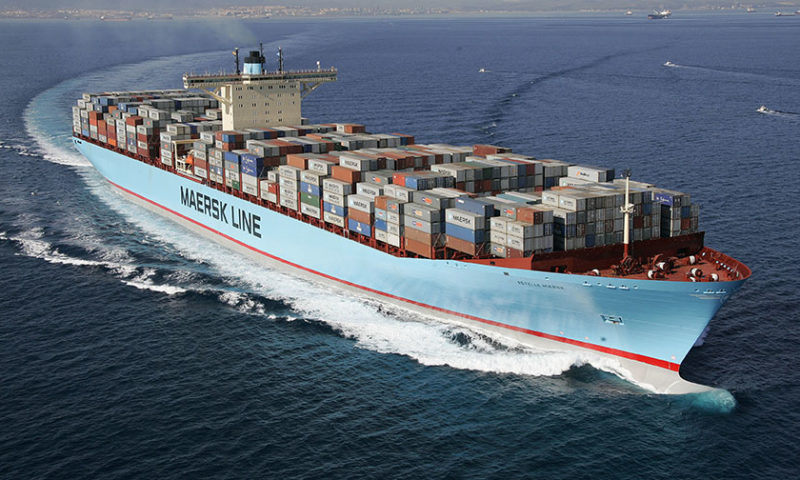
Maersk Line has retained its position as the world’s largest container shipping line, according to Alphaliner.
The Danish carrier had a total operated capacity of 3.01m teu across 584 ships at the beginning of the year, compared with nearest rival MSC’s 484 ships for 2.67m teu.
Maersk grew its fleet by 4.1% in 2014, while MSC’s fleet grew by 5.2%, although it has a larger orderbook of 43 ships for 572,720 teu versus Maersk’s 31 ships for 405,910 teu.
One surprising aspect of the companies’ 2M alliance, notes Alphaliner, is that Maersk was able to significantly reduce capacity on the Asia-Europes route over the course of 2015, which was partly due to its vessel sharing agreement with MSC and the withdrawal of the Asia-North Europe AE9 and Asia-Black Sea AE3 services, as the two joint services mainly deployed Maersk Line tonnage.
The consequence for Maersk was that it was able to cut its high exposure on the troubled trade by decreasing its capacity on the route by 26% to 670,000 teu.
However, Maersk increased the capacity it deployed between Asia and North America by 24% and by a massive 223% between Europe and North America as a result of the 2M co-operation.
Despite deploying less tonnage on Asia-Europe, the 2M alliance has not insulated Maersk completely from the pain of overcapacity. According to Alphaliner data, the carrier currently has one of its Triple-E vessels, the 18,340 teu Maersk Munkebo anchored off China as a result of its blank sailings to mitigate weak demand.
And Maersk could find itself at a further disadvantage this year against its main rivals if overcapacity and weak demand continues to plague the industry. Alphaliner data shows Maersk has a significantly lower percentage of chartered-in tonnage – 41% of its vessels are leased, compared with 61% for MSC and 67% for CMA CGM.
Thomas Smith Shipping is the exclusive local representative for Maersk Line; its European regional shipping company, Seago Line; as well as its South African container and breakbulk service, Safmarine. Maersk Line, Seago Line and Safmarine are part of A.P. Moller–Maersk Group. Thomas Smith is involved in overseeing all transhipment operations, provides Port Agency services to A.P. Moller vessels calling Malta, and also covers the Malta market for its domestic export and import services. Thomas Smith, via the Maersk Group lines, offers direct services to the Far East; Northern Europe including the UK; Europe including Spain, Italy, Holland, Belgium, Netherlands, and Greece; Middle East; Libya; Tunisia; as well as an exclusive direct service to the local market, from Central America – making Malta a central Mediterranean hub, for container transit by using facilities at Malta’s South East port of Marsaxlokk container terminal.
Source: The Loadstar
